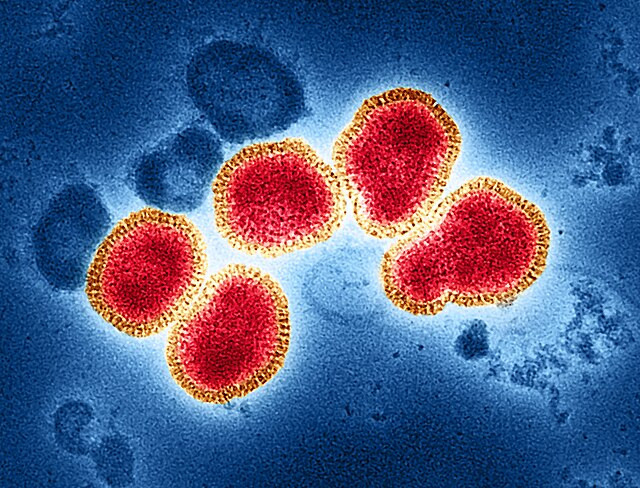The United States is currently grappling with an unprecedented outbreak of bird flu, which is now spreading among dairy cows. This development has raised significant concerns among health officials and the agricultural sector. More than 80 million chickens, thousands of wild birds, and dozens of mammal species, including a polar bear, have been infected since the outbreak began over three years ago. Recently, the virus has been detected in 94 dairy herds across 12 states since March, marking a significant escalation in its spread.
The highly contagious H5N1 virus, which causes streptococcal toxic shock syndrome (STSS), has proven to be particularly devastating. "It's gigantic, the scope and scale of the presence of the disease," remarked Julianna Lenoch, national coordinator for the Department of Agriculture's wildlife disease program. The outbreak's severity is reflected in the rising prices of eggs and renewed warnings to thoroughly cook ground beef and eggs to prevent infection.
The virus's extensive reach, impacting domestic poultry flocks in nearly every state except Louisiana and Hawaii, has led to the culling of millions of birds to prevent further human infections. This drastic measure has contributed to higher egg prices and significant economic losses for farmers. The spread to mammals, including foxes, mice, and even an alpaca in Idaho, highlights the virus's adaptability and potential risk to human health.
While the risk of human infection remains low, federal officials have urged the public to stay alert. Since the virus's arrival in the winter of 2021-2022, four people in the U.S. have tested positive, all of whom were exposed to the virus on farms. Symptoms have ranged from conjunctivitis to upper respiratory issues, but no fatalities have been reported in the U.S. to date. However, the potential for the virus to mutate and spread more easily among humans remains a significant concern.
Xavier Becerra, U.S. Health and Human Services Secretary, emphasized the seriousness of the situation, particularly regarding raw milk. "The fact that it's in 20% of our milk supply should be disturbing to everyone because that means it's gone around already," he warned. Although pasteurization kills the active virus in milk, the presence of viral remnants underscores the need for stringent safety measures.
The outbreak's unique global expansion and its impact on a wide range of bird and mammal species have prompted calls for increased vigilance and further study. Researchers like Diann Prosser from the U.S. Geological Survey's Eastern Ecological Science Center have noted that the current strain of the virus is causing illness and death among wild birds, unlike previous outbreaks where birds often carried the virus asymptomatically.
Preventing the spread of the virus from farm to farm is critical. The Department of Agriculture and the Centers for Disease Control and Prevention (CDC) are urging farmers to enhance biosecurity measures, including cleaning and disinfecting equipment used to handle manure and feed. This is especially important as infected materials can be transferred between farms via tractors and other equipment.
Maurice Pitesky, an associate professor at the University of California, Davis, explained the various ways the virus can be transmitted, including through bird droppings, aerosolized particles, and even contaminated equipment. The overlapping of domestic poultry and cattle farms with wild areas increases the potential for disease transmission, a situation exacerbated by human encroachment on agricultural and wild landscapes.
The role of climate change in this outbreak is also a topic of concern. Warmer temperatures and extreme weather events may alter virus transmission patterns and contribute to the spread of diseases like bird flu. Prosser pointed out that changing climate conditions closely parallel the unprecedented spread of avian influenza, although further studies are needed to fully understand these dynamics.
Former CDC Director Robert Redfield has expressed concern that the next pandemic could stem from bird flu. "It's very likely that we will, at some time, have a bird flu pandemic," he told NewsNation. Redfield highlighted the higher mortality rate of bird flu compared to COVID-19, with a potential fatality rate of 25 to 50 percent. He stressed the importance of monitoring and preparedness to mitigate this threat.
As the bird flu outbreak continues to unfold, the need for increased vigilance, robust biosecurity measures, and ongoing research into the virus and its transmission remains paramount. The agricultural sector and health officials must work together to prevent further spread and safeguard both animal and human health.






